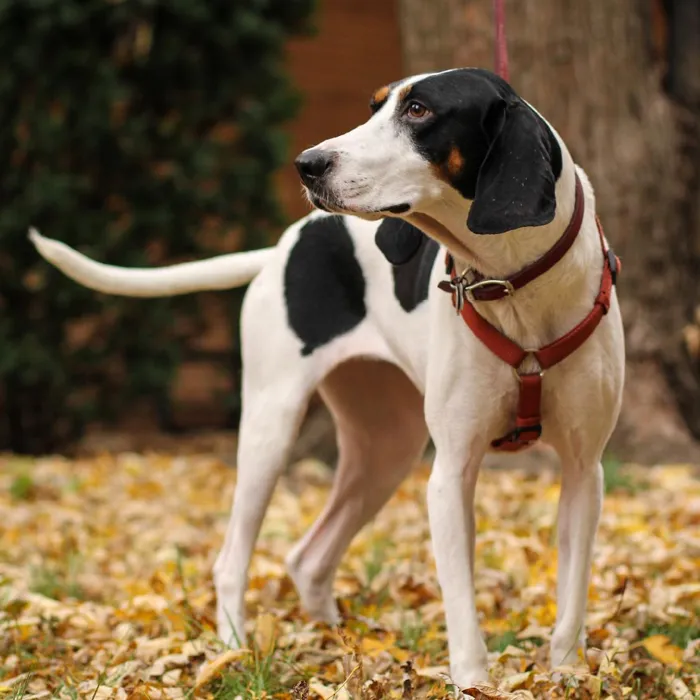Treeing Walker Coonhound

A smart, brave, and sensible hunter, the Treeing Walker Coonhound is a genuine American favorite, nicknamed "The People’s Choice." Don’t let the name fool you—Walkers are runners and are capable of covering a lot of ground in a hurry.

Ask About Treeing Walker Coonhound ?
Breed Traits
General Appearance
Characteristics - Called 'the people's choice' among all coonhound breeds, the energetic Treeing Walker is perfectly suited for the task for which it was bred - tracking and treeing wild raccoons in their natural haunts. The breed's competitive spirit makes it an ideal choice for competitive coonhound events where the breed excels. The Treeing Walker Coonhound is alert, intelligent, active, courteous, and courageous with extreme endurance and the desire to perform.
Size, Proportion, Substance
Head
Neck, Topline, Body
Forequarters
Hindquarters
Coat
Color
Gait
Disqualifications
Group
Hound
Temperament
About
History
Standard
Nutrition
Grooming
Exercise
Training
Health
All pets have found there homes! Sign up to be notified when new pets are added so you don't miss out.


